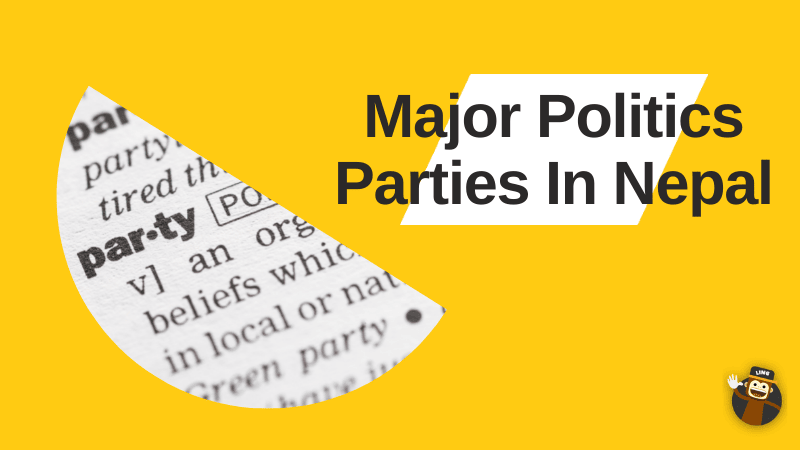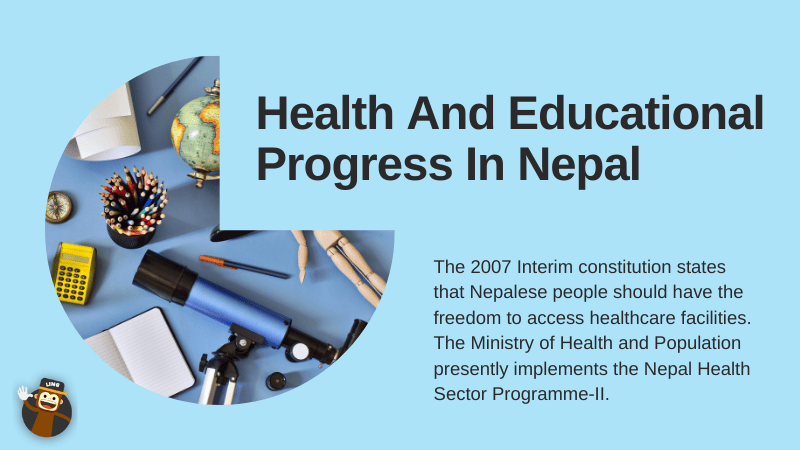Did you know that Nepal has said recently said goodbye to its monarchy and introduced a democratic government? Let’s discuss the Nepal government to understand the ruling system.
The newly elected Constituent National Assembly turned Nepal into the Federal Democratic Republic on May 28, 2008. This day ended the ancient monarchic system. Like all other democratic countries, Nepal has a president and a Prime Minister. These ministers are in charge of Nepal’s new government.
Before we go any further, to learn about any aspect of any state, we must know about the language of that state. In my opinion, the Ling App is the best option on the market.
Now, let’s unwind some of the intricacies of politics in Nepal.
Introduction To The History Of The Nepal Government
The government of Nepal underwent rigorous democratic reform and made significant progress. Moreover, it has included the acquisition of public feedback in the innovative and new constitutional text.
Unfortunately, the very first CA was unable to complete the historic mission. Due to political disputes on certain difficult subjects such as federation provinces and government structure.
As a result, there was the end of negotiations in 2012. In November 2013, there was the selection CA II. During the inaugural meeting, representatives of political parties established a one-year deadline. However, The constitution was officially promulgated in September 2015.
The delay was because of a national crisis. In 2015 Nepal suffered an earthquake. The tremor and accompanying aftershocks wreaked havoc on Nepal’s mid-hill areas, especially the Kathmandu valley. However, the government took a balanced and well-coordinated approach in dealing with this natural disaster.
Current Government In Nepal
A parliamentary republic governs Nepal’s politics with a multi-party democracy. For the executive power, the prime minister and its cabinet are responsible. In addition, Parliament is responsible for the power of legislation.
On May 22, 2021, Nepal’s President Bidhya Devi Bhandari suspended the Legislature. The decision was made on cabinet advice from Prime Minister KP Sharma Oli. Later, Nepal’s Prime Minister was removed from the governing Nepal Communist Party (NCP). Upon his move to abolish Parliament, he has dismissed by the party.
Major Political Parties In Nepal

The Nepal Government has seven major political parties, which are as follows.
Nepali Congress (NC) – Nepali Congress Party
The Nepali Congress party is the major socio-democratic party in Nepal. However, the party has been in government and ruling the state of Nepal since July 21, 2021. This party was systematized in 1950 by the union of two political parties. One party was the Nepali National Congress, and the other was Nepal Democratic Congress. Now, it is working as a leading party and an absolute power in Nepal.
Communist Party Of Nepal (UML)
Since its inception in January 1991, the Communist Party of Nepal (Marxist) and (Marxist–Leninist) has been the biggest opposition party.
CPN (Maoist-Center)
Nepal’s third-leading party is the Communist Party of Nepal (Maoist Centre), often known as CPN. The party governed Nepal three times. From 2008-2009 and 2016-2017 with Pushpa Kamal Dahal, and from 2013 to 2015 under the supervision of Baburam Bhattarai.
CPN (Unified Socialist)
Nepal’s Communist Party (Unified Socialist) is Nepal’s fourth strongest party. After splitting from Nepal’s leading communist party, the CPN was formally established. (UML). Ex-Prime Minister Madhav Kumar Nepal is the latest party’s Chairman. However, the previous Prime Minister, Jhala Nath Khanal, is its Senior Leader.
PSP-N
The People’s Socialist Party of Nepal (PSPN) is Nepal’s fifth-leading party. The People’s Socialist Party of Nepal is a weak collaborator in the Deuba administration.
Democratic Socialist Party
Nepal’s Democratic Socialist Party is the country’s sixth dominant party. On August 18, 2021, the party was formally launched and enrolled by the National Election Commission. It is a minor party in Nepal with little hope of getting any real power.
People’s Progressive Party
The Peoples Progressive Party is the seventh political party in Nepal. On December 14, 2021, the party was announced publicly. The Party’s director is Hridayesh Tripathi.
Health And Educational Progress In Nepal

The 2007 Interim constitution states that Nepalese people should have the freedom to access healthcare facilities. The Ministry of Health and Population presently implements the Nepal Health Sector Programme-II.
The administration emphasizes essential medical and health services in this policy. Moreover, it includes demographic & family management and comfortable maternity facilities. Other facilities include infant feeding and health, pandemic control, ocular testing, and dental care.
Despite making significant progress toward the Millennial Progress Objectives, the government has been unable to contribute more in this area. However, the educational system in Nepal is also progressing day by day thanks to the Nepal government.
Learn The Nepali Language With Ling In No Time
Now that we understand everything about the Nepal government, it is time to learn the Nepali language to know the history completely. For this purpose, Simya Solutions Ling App can help you learn the Nepali language no quickly.
Features of Ling App include mini-quizzes, fun games, and a very interesting chatbot option. We also have a leaderboard, so you can compare yourself to other learners. All the features make Ling App a very valuable language learning platform.
Ling is great for anyone looking for free, enjoyable, and easy-to-use resources from anywhere in the world. Download it right now and get started learning a new language!
If you enjoyed this, read more articles from “Nepali words and phrases” and “Nepali greetings.”
Thanks for reading.

















